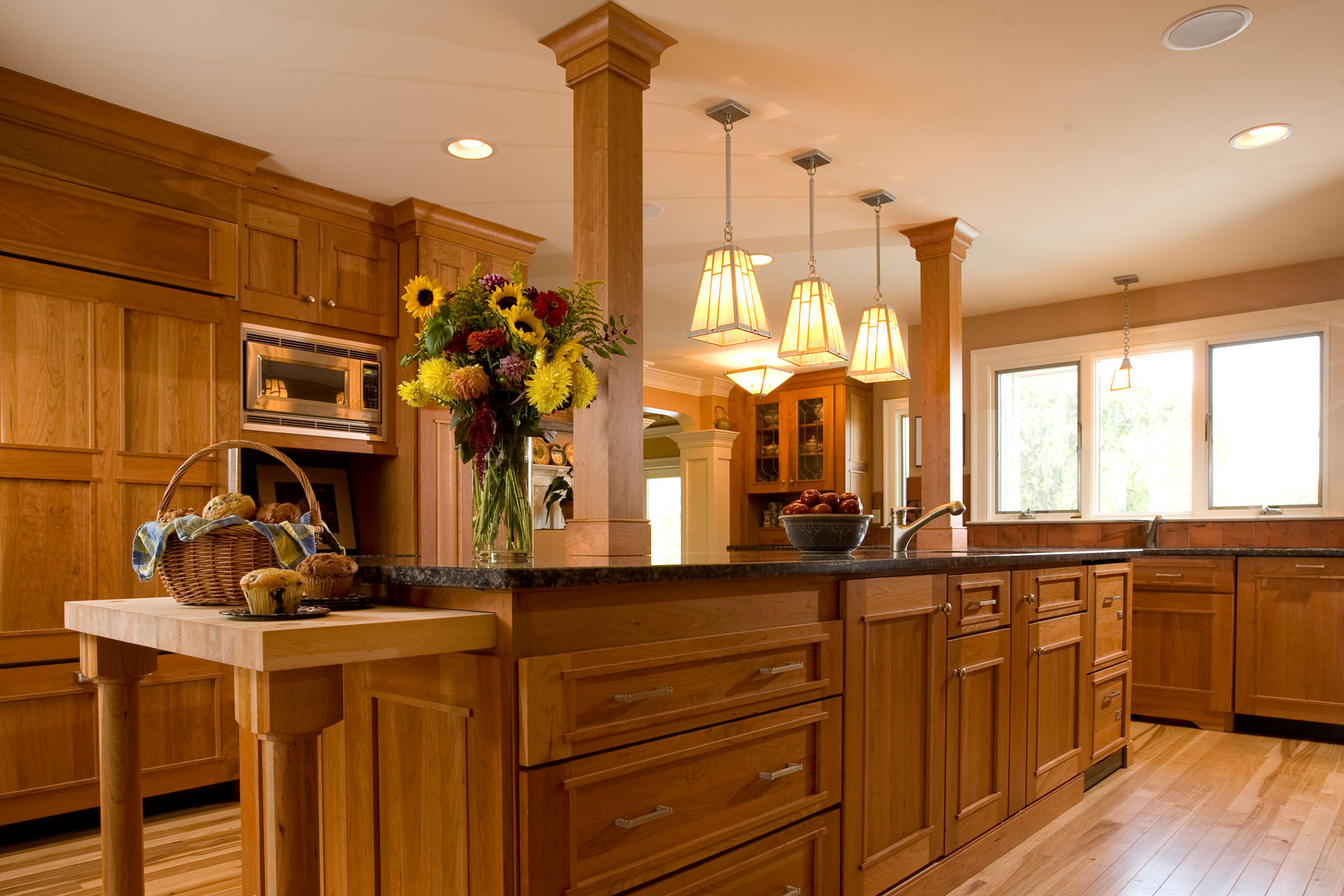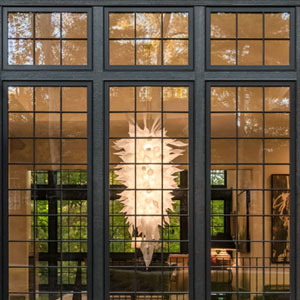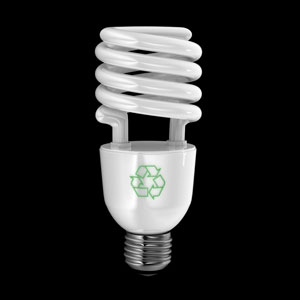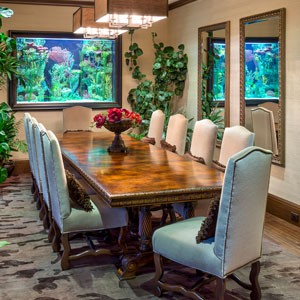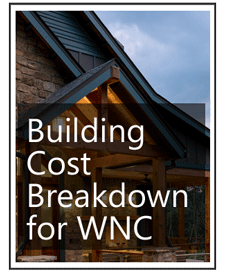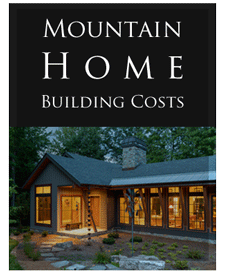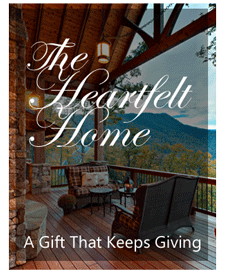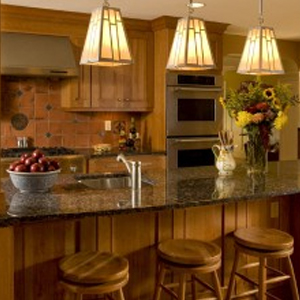
Lighting Design: Highlighting Interior Design
Never before has lighting design been as versatile and decorative as today. With so many options available for the home, decorating with light can make the difference between an overly bright room and a work of art.
Before beginning any design project, consult with an architect or interior designer if you plan to add more than floor lamps or a chandelier. As with any home decorating project, the first step in lighting design is to determine your goals. What do you hope to achieve through your lighting design? Are you familiar with the types of light and fixtures available? How you use each room will determine what type of light is best for your living needs.
Understanding the types of light before beginning any lighting project is also important. The most popular types of light include:
Natural Light
Not just energy efficient, sunlight brightens a room with soft and warm tones unlike any other source
Architectural Light
Architects incorporate fixtures into the physical aspect of the home and are often built directly into the ceiling, such as rope or recessed lights
Artificial Light
Offering a myriad of options, artificial light is the third and most popular type of light that decoratively blends the lines between art and light source
Several varieties exist under the umbrella of artificial light, including accent, task and ambient lighting. Accent lighting is directional and highlights a specific object like a work of art. Ambient lighting is equivalent to mood lighting and can be achieved through dimmers or hidden sources of light, like a wall sconce. Task lighting is usually free of glare and can brighten a large work surface, such as a kitchen counter, with visual clarity.
Fixtures
After deciding what types of light are most important for your lifestyle, begin thinking about fixtures. Wall sconces, floor lamps, pendant lights, spotlights and track lighting are all options to brighten your home. Consider using several types of light and fixtures in one large room, as multi-dimensional lighting is a hot interior design trend. One example might be natural light in the living room through French doors and transoms, an accent light over a piece of art, soft wall sconces flanking a television, and track or recessed lighting overhead.
Lighting design and personality do go hand in hand, however. Don’t necessarily follow what is hot today and not tomorrow. Chandeliers are no longer just for the foyer or dining room and can be found in kid’s playrooms, kitchens or even outdoors. Replacing large, overhead fluorescent lights in the kitchen with recessed or decorative glass pendant lights will brighten a counter or table in high fashion. When space is an issue, proper lighting design can lower high ceilings or open a wall by flooding it with light, while dark floors and walls need less light to create an intimate atmosphere.
Just as artistic fixtures are important to any home interior, environmentally friendly lighting is also a welcome trend in modern home design. The advantages to automated lighting systems and energy-efficient fixtures and bulbs are favorable to both the environment and your wallet. With automated systems, one touch can brighten the exterior, light the fireplace, and dim the dining room to create the perfect dinner party setting. Dimmers in ambient lighting allow only the necessary amount of light to be used, and energy-efficient light bulbs such as low-wattage fluorescent bulbs also lower the amount of energy used.
Decorating with light can be as complicated or easy as you need it to be. Switching out a white bulb for a colored one changes the entire ambience in a room, just as replacing an overhead eyesore with a chandelier dazzles any living space. With a few easy switches and conversations with an architect or interior designer, you can transform your home into a work of art.


